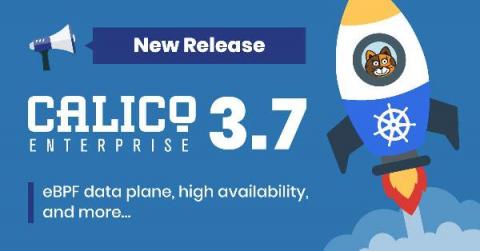SOS! The Summer of Security is Here. Stay Safe Out There
Summer safety is usually all about life jackets, pool floaties, outfitting your boat with a carbon monoxide detector and slathering on plenty of SPF. I have one more thing to add to your list this summer: Security to protect your people, your brand and your data. In 2020, the business world struggled with the abrupt shift to remote work. Corners were cut. Compromises were made. Business leaders, IT staff and employees alike did the best they could with what they had.











